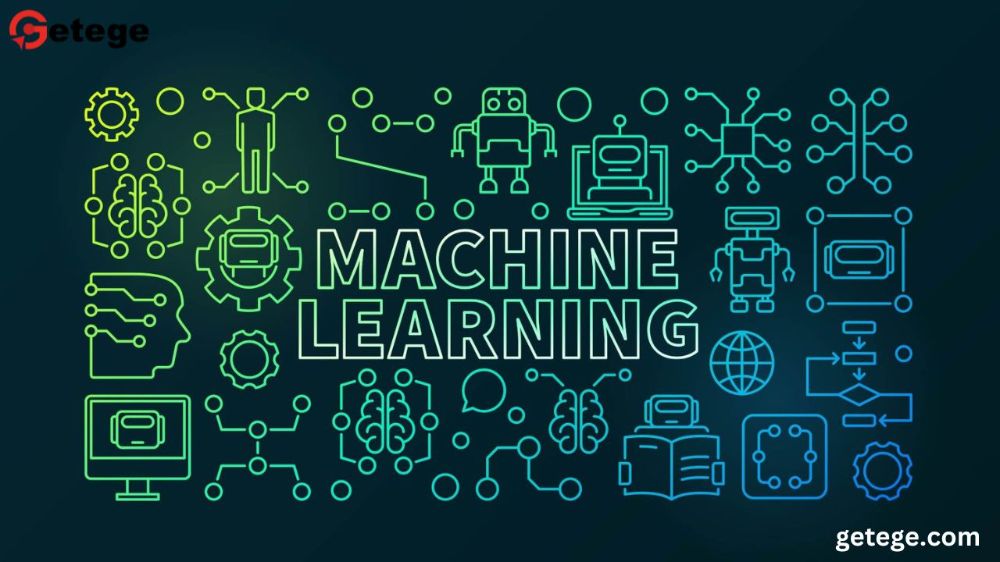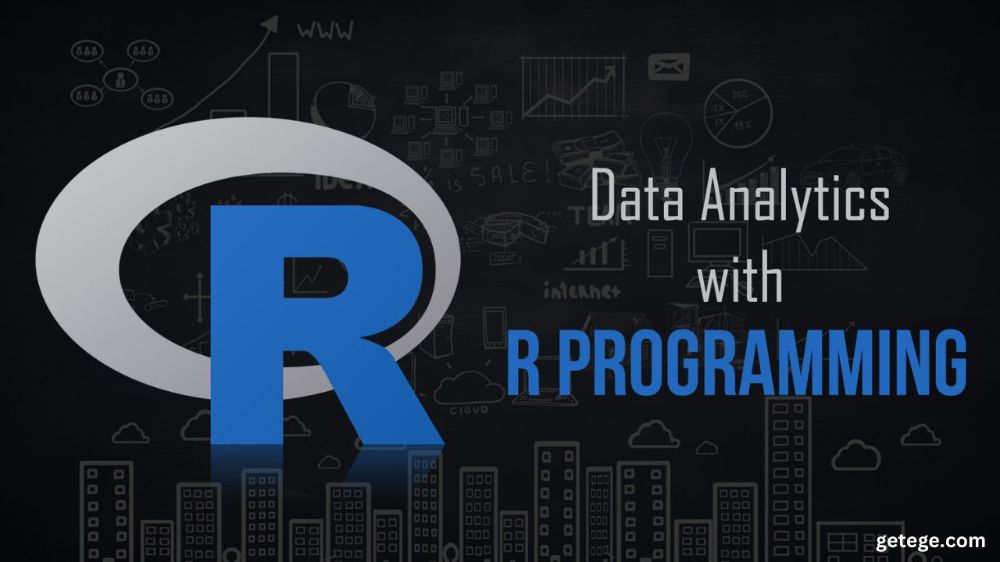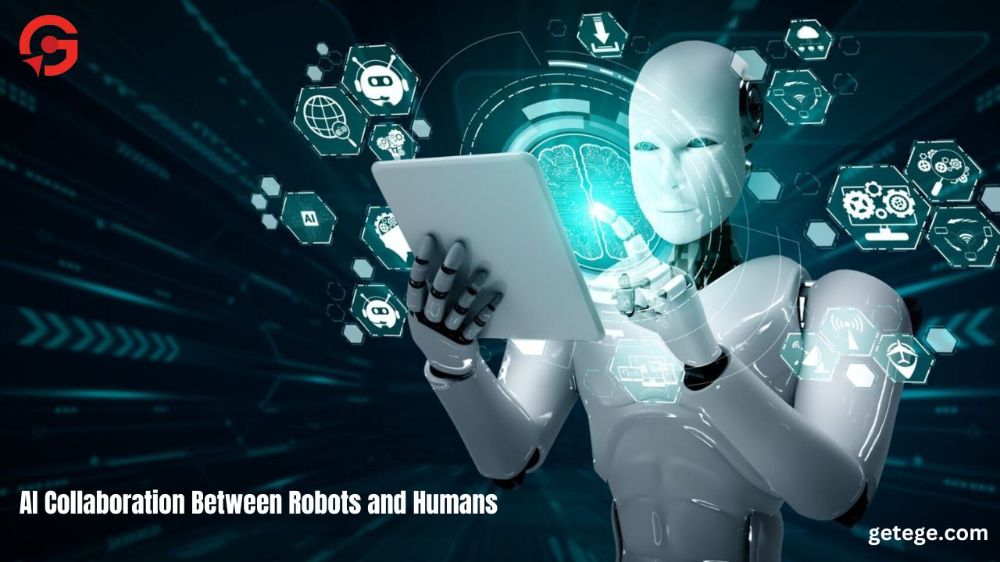Machine Learning Explained: Fundamentals, Techniques, and Real-World Applications
Machine Learning (ML) is a branch of artificial intelligence (AI) that focuses on building systems that can learn and make decisions without being explicitly programmed. Instead of following predefined instructions, these systems use data and algorithms to identify patterns, learn from them, and make predictions or decisions. Over the past few years, machine learning has transformed industries and everyday life. From personalized recommendations on streaming platforms to predictive analytics in healthcare, ML is becoming an indispensable tool. In this blog, we will explore the fundamentals of machine learning, popular techniques, and its practical applications across various industries.
The Fundamentals of Machine Learning
1. Data and Patterns
At the heart of machine learning is data. Machines analyze vast amounts of data to find patterns and make decisions. The data can take many forms, including numbers, images, audio, and text. By recognizing patterns, machine learning models can predict future outcomes based on past information.
2. Algorithms
Algorithms are the foundation of machine learning. These are sets of rules or instructions that the machine follows to learn from data. The choice of algorithm depends on the task at hand and the structure of the data.
3. Training and Testing
Machine learning models are first trained on a dataset. During the training phase, the algorithm looks at the input data and learns the underlying patterns. After training, the model is tested on new data to see how well it can make predictions. This process is crucial in ensuring the model's accuracy.
4. Supervised vs. Unsupervised Learning
Supervised Learning: In supervised learning, the machine is trained on a labeled dataset, meaning the data contains both input and the correct output. The model learns to map the input to the output, making predictions for new data.
Unsupervised Learning: In unsupervised learning, the machine is given data without labeled outputs. Clustering and dimensionality reduction are common techniques in this type of learning.
Common Machine Learning Techniques
1. Classification
It is commonly used for tasks like email spam detection or image recognition. For example, in spam detection, an algorithm classifies emails as either "spam" or "not spam" based on various features like the sender, subject, and content.
2. Regression
Regression is used to predict continuous outcomes, such as predicting house prices based on features like location, size, and number of rooms. Unlike classification, which predicts discrete values, regression deals with predicting numerical data.
3. Clustering
Clustering is an unsupervised learning technique where the model identifies groupings or clusters in data. This is useful in customer segmentation, where businesses can group customers based on similar purchasing behaviors.
4. Neural Networks and Deep Learning
Deep learning, a subset of machine learning, uses large neural networks with many layers (hence "deep") to perform complex tasks like image and speech recognition.
5. Decision Trees
A decision tree is a flowchart-like structure where each internal node represents a "decision" on a feature, each branch represents the outcome of that decision, and each leaf node represents a class label. Decision trees are easy to interpret and are used in tasks like customer churn prediction or fraud detection.
6. Random Forests
Random forests are ensembles of decision trees. They work by creating multiple decision trees during the training process and outputting the most popular class (classification) or average prediction (regression). They are robust and tend to perform well on many types of data.
Real-World Applications of Machine Learning
Machine learning is already having a profound impact across multiple industries.
1. Healthcare
Machine learning is revolutionizing healthcare with predictive models that help in disease diagnosis, drug discovery, and personalized treatment plans. For example, ML algorithms can predict patient outcomes by analyzing data from electronic health records, identifying patterns that human experts might miss.
2. Finance
In the financial sector, machine learning is used to detect fraudulent transactions, predict stock prices, and automate trading. Risk assessment models help banks evaluate loan applications more effectively by analyzing the applicant’s financial data and credit history.
3. Retail
Retail companies use machine learning to personalize customer experiences, optimize inventory management, and enhance marketing campaigns. By analyzing customer behavior and preferences, retailers can recommend products and tailor their marketing strategies to individual consumers.
4. Self-Driving Cars
Autonomous vehicles rely heavily on machine learning algorithms to interpret data from sensors, cameras, and GPS. These algorithms help the car "learn" about its surroundings and make real-time decisions, such as when to brake, accelerate, or change lanes.
5. Natural Language Processing (NLP)
Machine learning powers many NLP applications, such as chatbots, language translation, and voice recognition systems like Siri and Alexa. These systems learn from vast amounts of textual data to understand human language and respond in a meaningful way.
6. Marketing and Advertising
Machine learning is widely used in targeted advertising, where algorithms analyze user behavior and preferences to display relevant ads. Social media platforms and search engines use ML to recommend content that matches user interests, improving engagement and conversions.
Challenges in Machine Learning
Despite its rapid growth, machine learning is not without challenges:
1. Data Quality
Machine learning models depend heavily on data quality. Poor-quality data, such as incomplete or biased data, can lead to inaccurate predictions and flawed models.
2. Interpretability
Some machine learning models, particularly deep learning models, are considered "black boxes" because their decision-making processes are difficult to interpret. This lack of transparency can be a significant barrier to adoption in critical fields like healthcare and finance.
3. Overfitting
Overfitting occurs when a model learns the training data too well, including the noise and outliers, leading to poor generalization to new data. It’s important to balance model complexity to avoid overfitting.
4. Ethics and Bias
Machine learning models can unintentionally perpetuate biases present in the data. For example, an ML model trained on biased hiring data may unfairly discriminate against certain demographic groups. Ethical considerations are critical in ensuring that machine learning systems are fair and unbiased.
FAQs About Machine Learning
Q1: What is the difference between AI and machine learning?
AI is a broader concept referring to machines mimicking human intelligence, while machine learning is a subset of AI focused on teaching machines to learn from data.
Q2: Can machines learn without human intervention?
Yes, unsupervised learning and reinforcement learning are examples where machines can learn from data without direct human input or labeled outcomes.
Q3: What are neural networks?
They consist of interconnected layers of nodes, used for tasks like image recognition and speech processing.
Q4: How is machine learning used in everyday life?
From virtual assistants like Alexa and Siri to personalized recommendations on Netflix or Amazon, machine learning is embedded in many daily interactions.
Q5: Is machine learning safe?
While machine learning has vast potential, ensuring its safety involves addressing data privacy, security, and bias concerns, especially when used in critical sectors like healthcare and finance.
Conclusion
Machine learning is a powerful and transformative technology that has already changed the way industries operate. Its ability to analyze massive amounts of data, recognize patterns, and make predictions has opened doors to innovative solutions across healthcare, finance, retail, and more.














